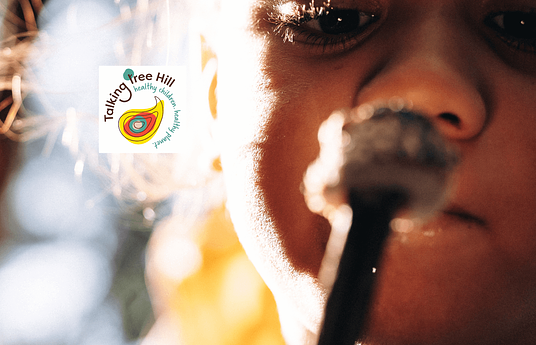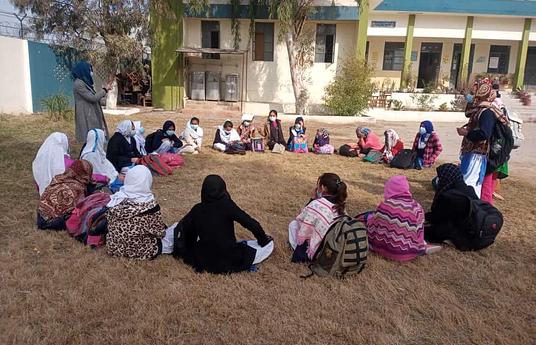Most children in my community are often ridiculed or discouraged from following their artistic or creative paths. A few have low interest in classrooms. I created this innovation to;
1. Bridge the gap between arts and academics in our classrooms.
2. Develop the behavioural and socio-emotional skills, needed for life success in children in schools most especially in at-risk or underserved areas.
My innovation uses a proprietary training curriculum.
We either take our campaign to academic schools to launch a club there, or we organise school tours and get interested students into our program in a dance studio.
In both situations, we use dance as an entry point to get the children interested in the activities. Following a proprietary curriculum that is centered on the well-being of body and mind of children and young adults, we teach these children socio-emotional skills like teamwork, self-esteem, discipline, empathy and creativity all using dance, as it helps them to work with each other to create a choreography or perform before an audience.
Using technology, we are able to track and record the progress of each child. The results gotten from this tracker enables us to evaluate and determine which child can be selected to represent their community as a student leader to campaign on education issues or which child is to be supported by the NGO to further their education
To spread our innovation, we organise dance and education events where the children who have gone through the program can perform before education stakeholders and the general public. These events have been witnessed by representatives of the French embassy in Nigeria, and the Universal Basic education board. We also invite artistic experts and education advocates from other states in Nigeria to come take part in the event. These advocates have to go through a phrase where they learn about the innovation and the way it works. At the end of the training and event, each advocate or artists can decided to return to their state and begin to implement the arts integration and our method of teaching into their own community trainings. So far, my innovation is operational in 4 states in Nigeria.
To try it, you can either go through our TRAIN THE TRAINER PROGRAM
OR
Send a mail to info@slumtostage.com or osahoremmanuel12@gmail.com
The teaching curriculum can be sent to you.



